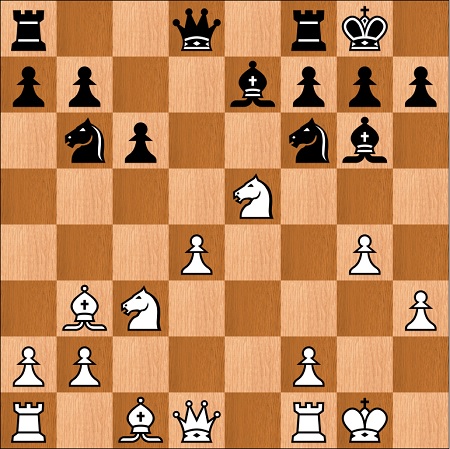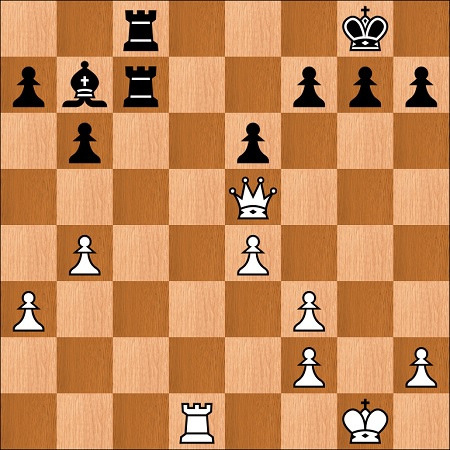One of the most useful bits of information a chess player can have is to know their strengths. These may not always be what you think they are, for example I used to think that the Modern Defence (1...g6 against either 1.e4 or 1.d4) was my friend until I checked my results with it. They were good against opponents who were lower rated than me but horrible against stronger opposition.
A different breakdown was apparent with more classical openings such as the Nimzo-Indian Defence and meeting 1.e4 with 1...e5. This in turn suggested that using the Modern more sparingly, and choosing to play it against particular opponents, would yield better results.
More recently I have been doing tactics and endgame puzzles with a couple of apps from ChessOK and my discovered that my results with the endgame app are markedly better. There are unanswered questions here, for example in how these apps have been calibrated and whether they compare like with like. Assuming they have been, for example by testing them on different users, then my endgame knowledge appears to be a relative strength.
It is important to get an objective measure such as the two I have outlined. It's tempting, for example, for us to imagine being a great attacking players because of a fond memory of a successful attack or deriving pleasure from aggressive play. An objective measure of having a skill for this kind of play might be far more difficult and should probably start with having superior tactical ability and outperforming in openings which lead to the possession of the initiative, even at the cost of material.
Training Tournaments
This week's training tournaments return to the King's Indian Petrosian, which is a great line for learning more about pawn structures with a closed centre:
Sunday January 19th at 5pm UK Time: Queen's Gambit Accepted, Furman Variation
Sunday January 19th at 6.15pm UK Time: Queen's Gambit Accepted, 4...Bg4
My Upcoming Events
Here's my schedule over the coming months, though it is subject to change. I often don't know until fairly late in the day:
January 17-19: Huddersfield 4NCL Congress
I really enjoy the 4NCL Congresses as they're played under excellent conditions in nice hotels. This is the first one in Huddersfield, you can find details here.
January 27th: Stockport Rapidplay
I've played in this event with some regularity, so probably I'll go for it again. You can find details here.
February 16-27, 2025: World Senior Team Championship
I've accepted a place in the 50+ second team which means I'll play a much stronger field than on bottom board of the first team. Although this diminishes my chances of winning a medal I'm looking forward to the challenge.
July/August 2025: British Championships
Will these be held in Liverpool next year or maybe Torquay? I've heard rumours about both venues, if they're held in Liverpool I'd probably go for the 50+ event.
I'm still waiting to hear about the selections for the European Senior Team Championships (Poland, April 4-14) in which I've said I'll play in any team and on any board. I've been holding these dates open since July last year and have been hoping to hear something definite. Perhaps I will get an offer soon or maybe some other tournaments will come my way.
Meanwhile I missed out on these two events:
January 24-31, 2025: HIT Open in Nova Gorica: Details can be found here.
February 5-10, 2025: Senta, Hotel Fantastico: Details can be found here.
Twitch Channel
My new Twitch channel has new shows every Monday ('Chess Questions Answered) and other weekly coming soon. Please follow it if you'd like to get updates etc, all the shows will be available to Premium members in the Tiger Chess members area, even when they are no longer available on Twitch.
Have a good weekend.
Nigel


